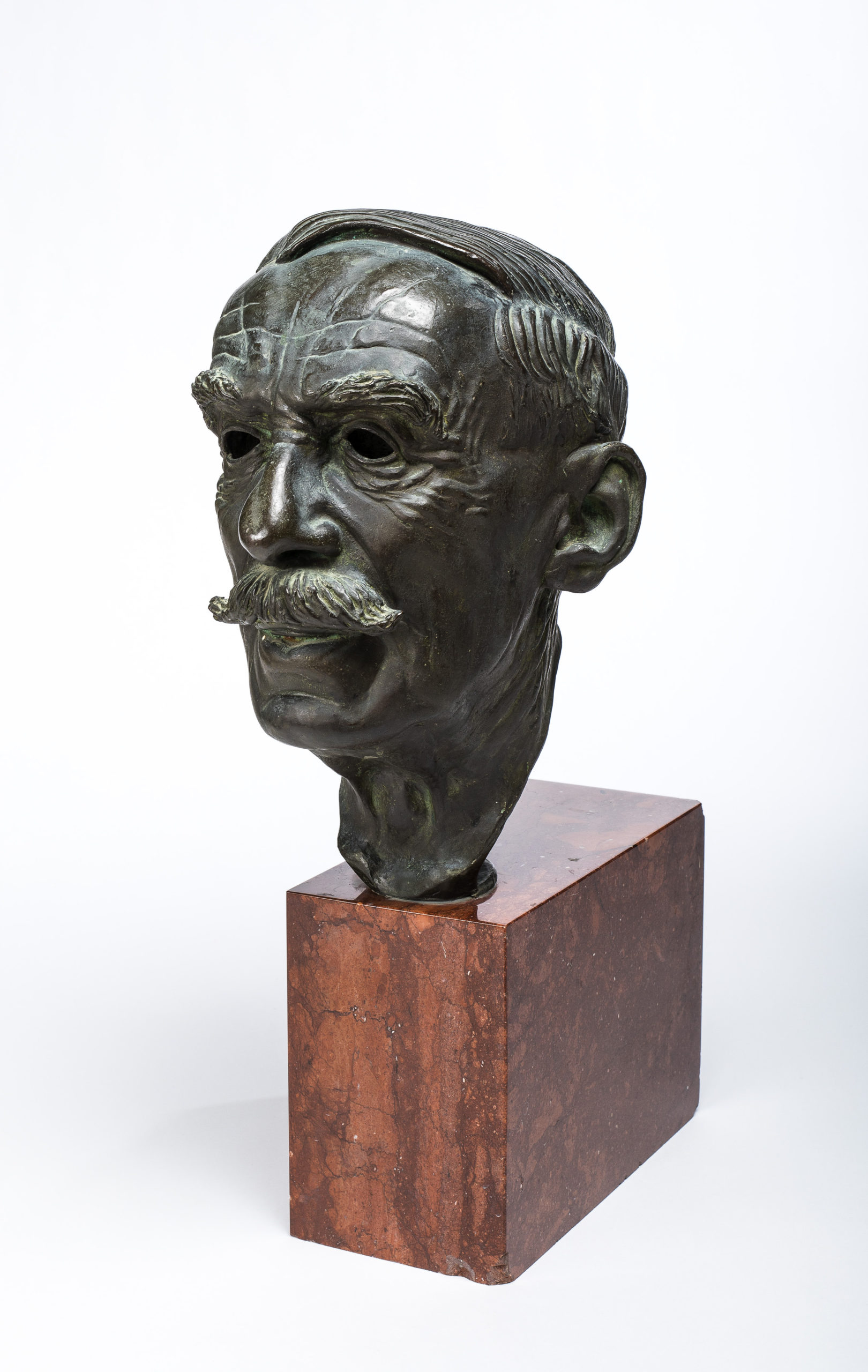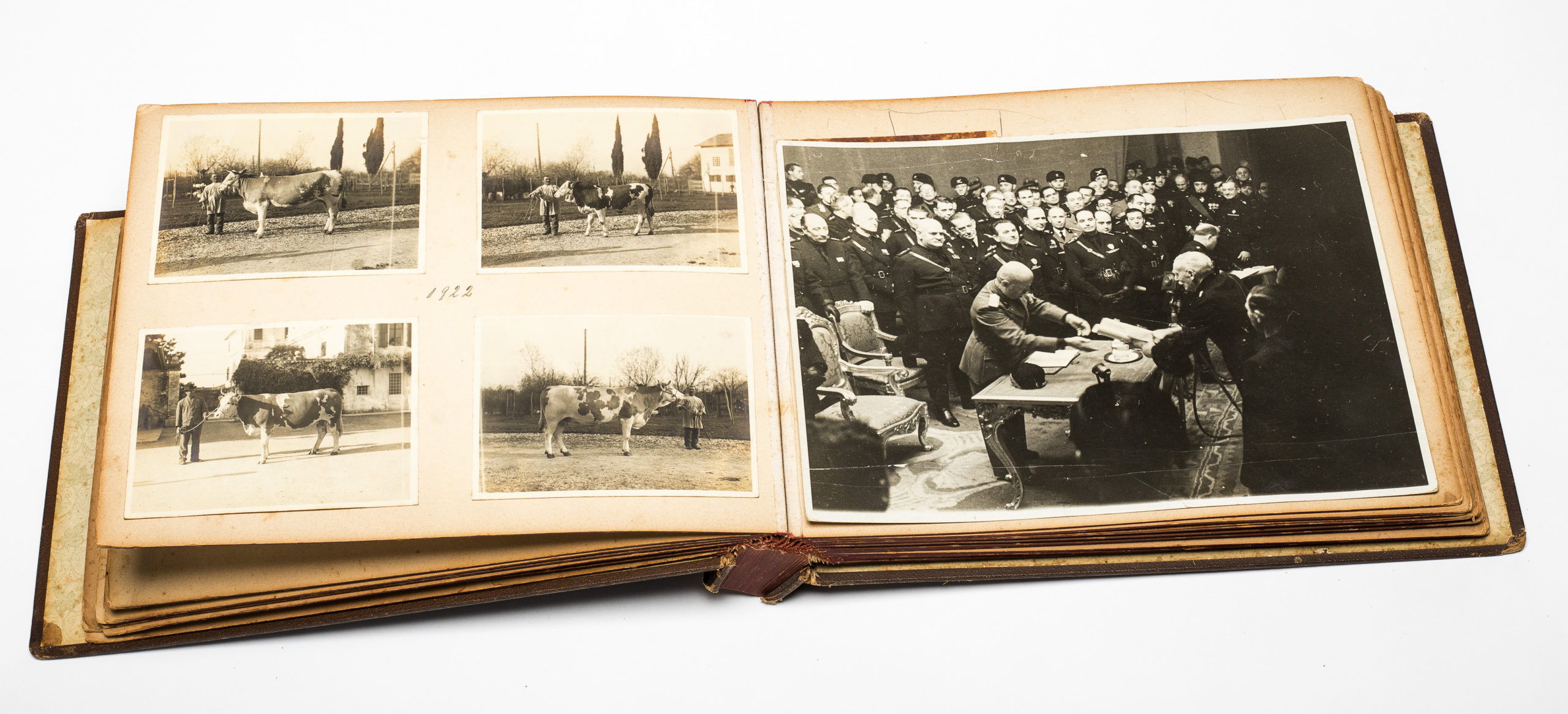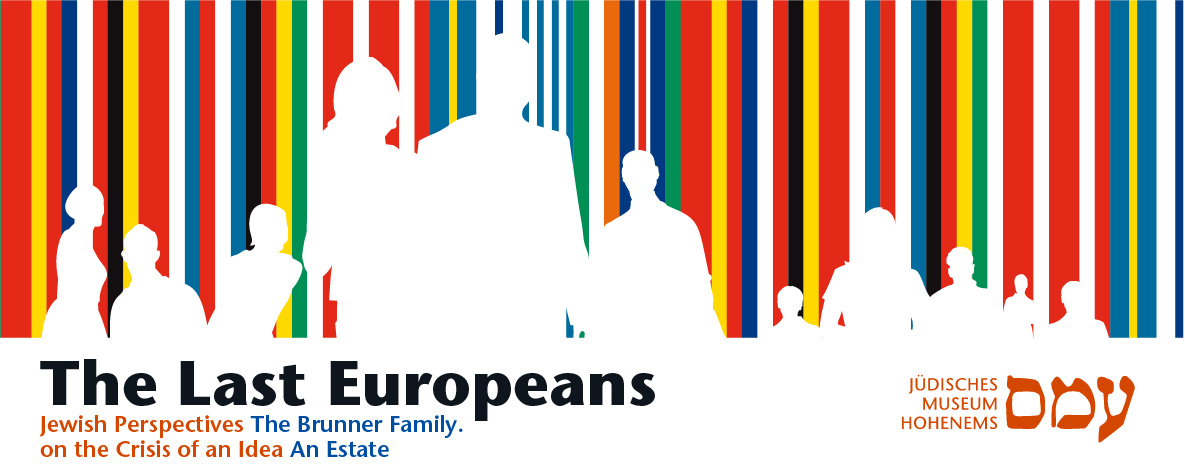
The second generation of the Hohenems immigrants in Trieste catapulted the Brunner family to their social and economic zenith. On the one hand, Rodolfo Brunner (1859-1956), eldest son of Carlo Brunner and Caroline, née Rosenthal, owned substantial shares of the family’s industrial enterprises (including chemicals, pharmaceuticals, mines, and shipping companies) and held management functions in companies such as Generali insurance, of which the Brunners were also shareholders. On the other hand, he specialized in the modernization and optimization of agriculture in Veneto and Friuli, not least in the Isonzo river delta. Politically, he was sympathetic to the Liberal-National Party of Trieste, which demanded a stronger orientation toward Italy, while he kept striving for reconciliation with Habsburg-Austrian interests. Like the majority of Trieste’s elite, but also many of the city’s Jews, he aligned himself with the Italian Fascists already early on. As business tycoon, he probably had frequent contact with the city’s top-ranking politicians. However, the reason for the meeting with Mussolini in this photograph is unknown; perhaps it is in connection with the award of the “Blue Star for Agricultural Merits,” which was bestowed on Rodolfo in 1937. His grandnephew Oscar Brunner (1900 – 1982) was an architect and sculptor, but only few of his works can be found in public collections.

